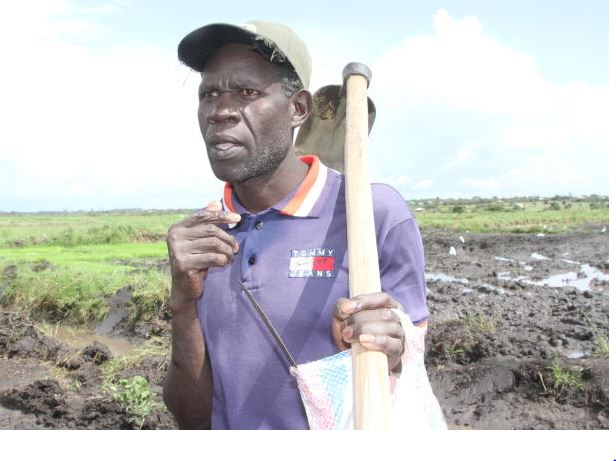×
The Standard e-Paper
Home To Bold Columnists

Richard Odhiambo at his rice farm, Lower Kuja Irrigation scheme. [Caleb Kingwara, Standard]
Rice farmers are abandoning huge tracts of land in the Lower-Kuja irrigation scheme, threatening the survival of the three-year Sh5.4 billion national government project that was commissioned by ODM leader Raila Odinga in May 2019.